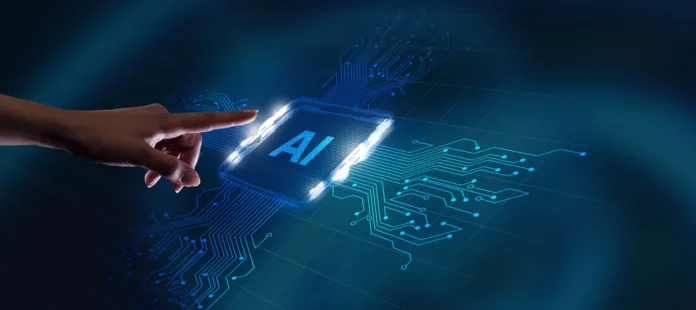In recent years, AI-generated content has evolved from a futuristic concept into a practical, widely adopted tool across various industries. From blog articles to social media posts, music to graphic design, AI is now actively contributing to the content creation process — sometimes even leading it. As we move deeper into 2025, the rapid advancement of generative AI is causing a seismic shift in how creators and businesses operate, innovate, and compete.
What is AI-Generated Content?
AI-generated content refers to any form of media — text, audio, video, or images — created by artificial intelligence. These systems, powered by machine learning and natural language processing (NLP), analyze vast amounts of data to produce original and human-like output. Tools such as text generators, image creators, video synthesisers, and even AI voice artists are becoming staples in digital workflows.
Why Businesses Are Embracing AI-Generated Content
Businesses are always on the lookout for tools that enhance productivity while reducing operational costs. AI-generated content provides several compelling benefits:
- Scalability: Businesses can produce large volumes of content quickly, which is especially beneficial for marketing, product descriptions, and customer communications.
- Cost Efficiency: Hiring human talent for every content need can be expensive. AI offers a more budget-friendly alternative.
- Speed: AI tools can generate high-quality drafts or visuals in seconds, allowing teams to focus on editing and strategy rather than starting from scratch.
- Personalization: AI algorithms can tailor content to individual users, helping marketers target niche audiences with precision.
How Creators Are Leveraging AI
While some creators initially viewed AI as a threat, many now embrace it as a collaborator. Artists, writers, video editors, and musicians are exploring how AI can enhance — rather than replace — their creativity. For instance:
- Writers use AI tools to brainstorm topics, generate outlines, or suggest headlines.
- Designers incorporate AI in logo generation, web layout suggestions, or image enhancement.
- Musicians experiment with AI to compose background scores or even lyrics.
- Video Editors apply AI for scene transitions, voiceovers, and automatic subtitles.
Rather than doing the work for them, AI enables creators to work faster and smarter.
Challenges and Ethical Considerations
Despite the advantages, AI-generated content isn’t without challenges. One major concern is the issue of originality. Since AI relies on existing data to create new content, the line between inspiration and plagiarism can sometimes blur. There’s also the risk of bias — AI systems can unknowingly perpetuate stereotypes if trained on biased datasets.
Other pressing questions include:
- Who owns AI-generated content? The creator, the user, or the developer?
- Can AI replace authentic human creativity?
- Should AI be regulated in content creation to prevent misuse?
These are ongoing debates that policymakers and tech leaders must address.
AI and the Future of Creative Work
As we move further into 2025, it’s becoming clear that AI will not eliminate creative professions. Instead, it will redefine them. The creators and businesses that will thrive are those who learn to harness AI’s capabilities without losing their unique voice or vision.
- AI is not the enemy of creativity — it is its amplifier.
- Human oversight, emotion, and intuition will always be irreplaceable.
- Adaptability will be the key skill of the future.
Final Thoughts
The rise of AI-generated content is transforming the creative and business landscapes in profound ways. It offers opportunities to streamline workflows, enhance creativity, and drive innovation — but it also demands thoughtful integration, ethical oversight, and a willingness to evolve.
In this new era, creators and businesses are not being replaced by AI — they are being empowered by it. The future belongs not just to those who create, but to those who co-create with intelligence.
